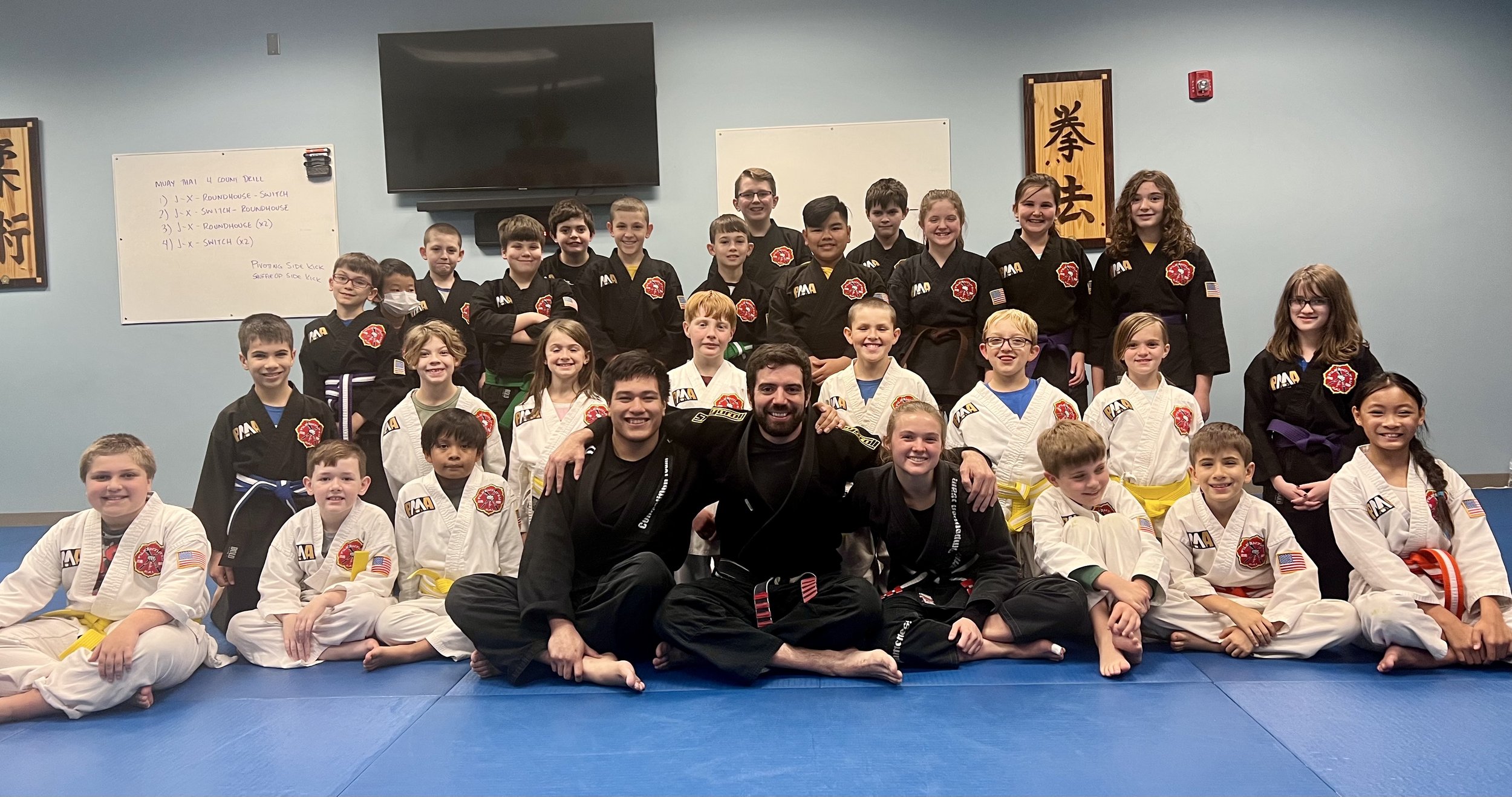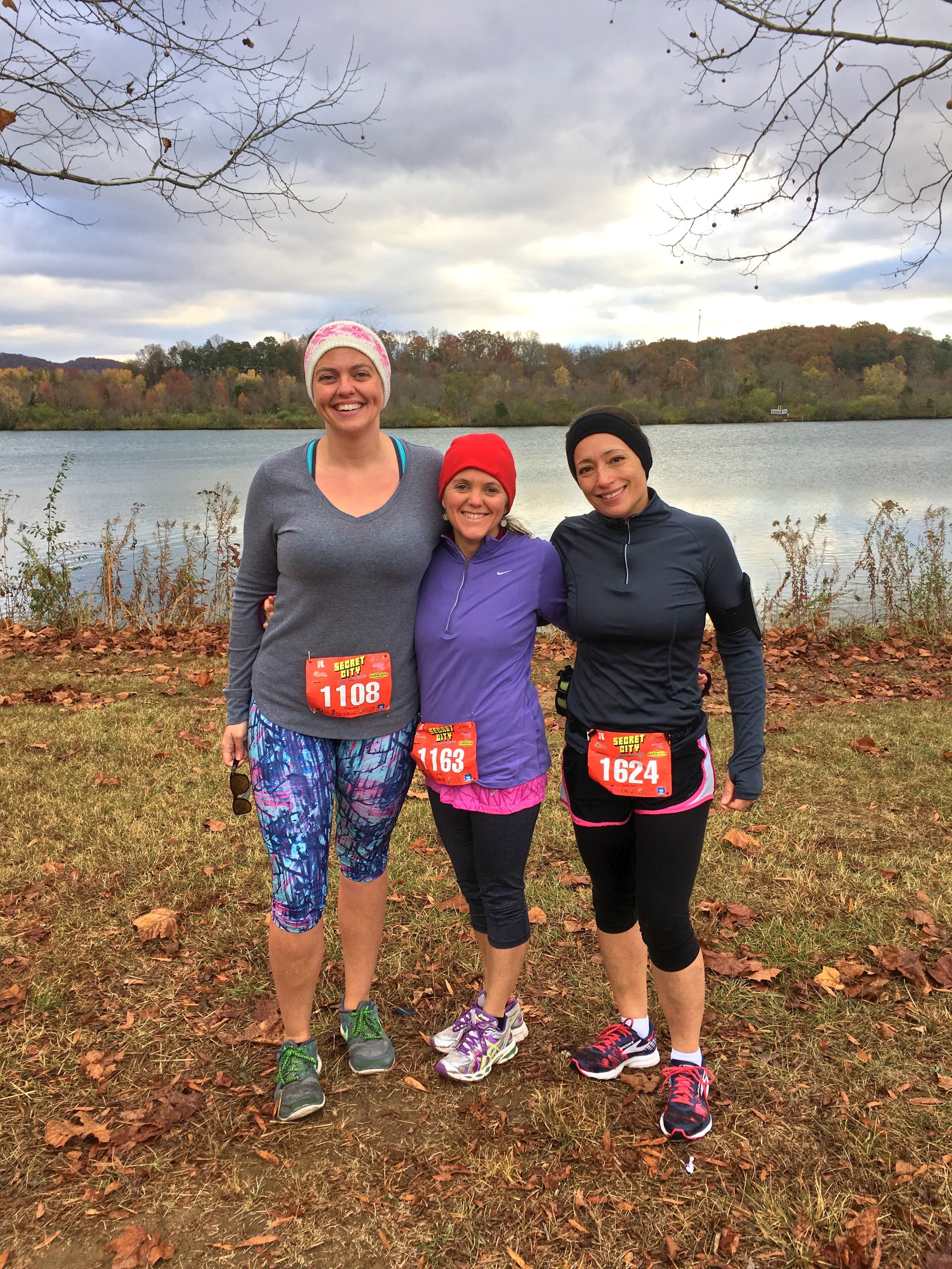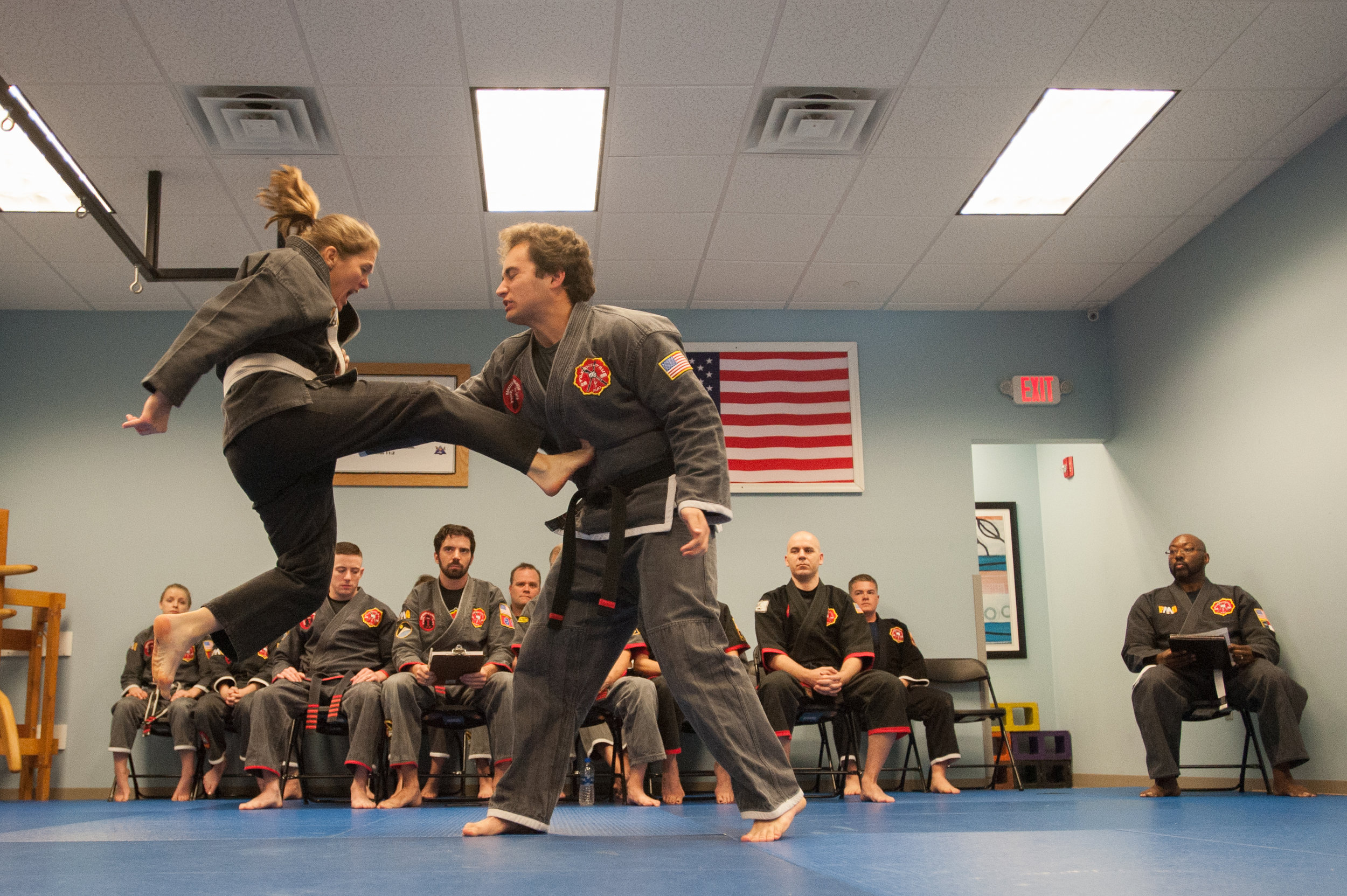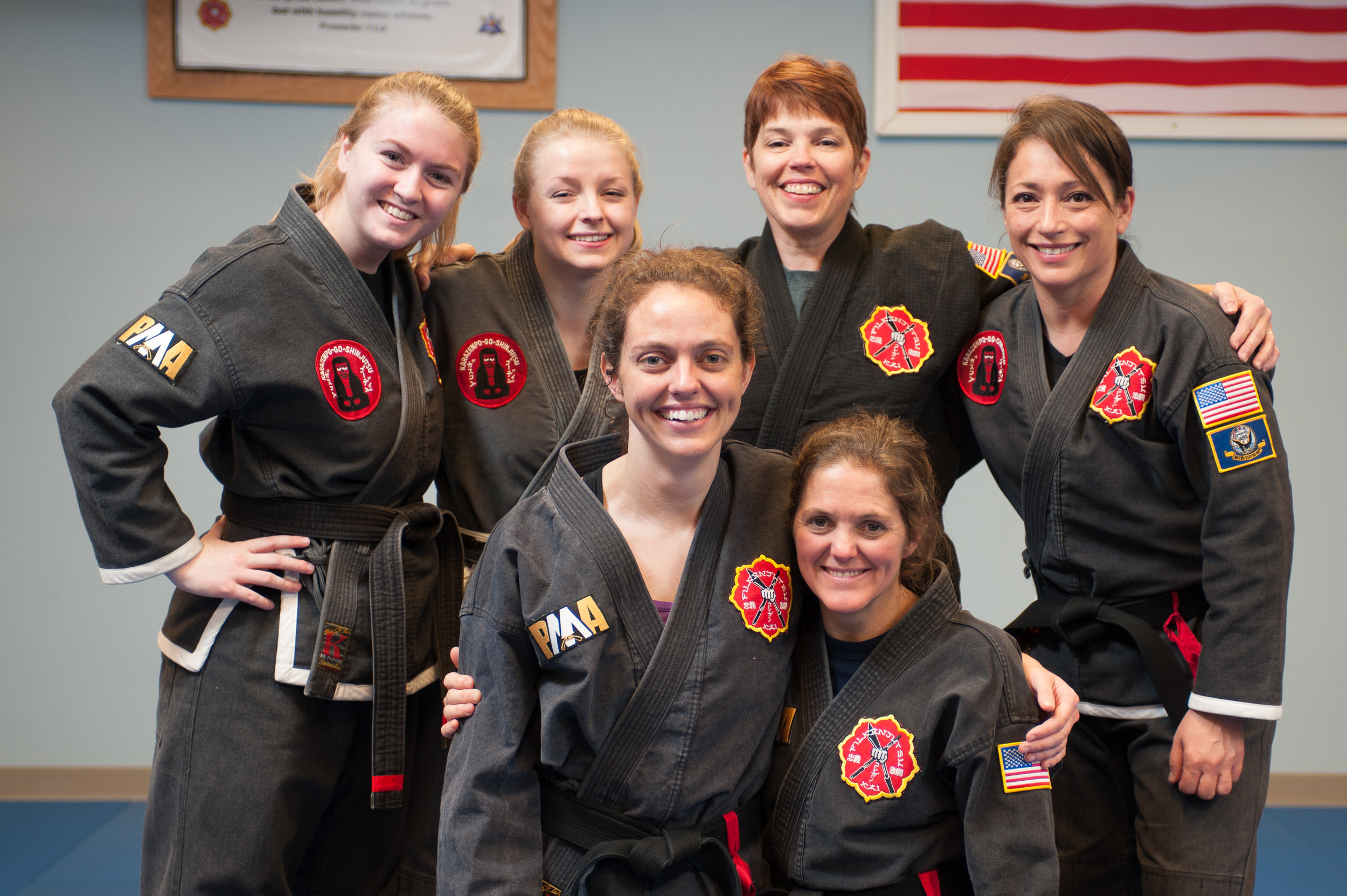Brawler, ruffian, master. Choki Motobu has to be considered one of the most unconventional karateka luminaries of his very special time.
EARLY LIFE
Choki Motobu was born on April 5, 1870 in Shuri, Ryukyu Kingdom (now Japan). His father Choshin was a descendant of the sixth son of the Okinawan King, Sho Shitsu, namely Prince Sho Ko, also known as Motobu Chohei (Iwai 1994). Due to this lineage, the male members of the family were permitted to retain the "CHO" character in their given names (Sells 1996).
Young Choki, as third son to Choshin, was regarded by the Okinawan culture of the day as the rough equivalent to a feudal lord in social status. It has been stated by the noted historian Kinjo Hiroshi that although Choki was fathered by Choshin, Choki's mother was not his wife, but a courtesan. Choki was thus only a half-brother to his elder Choyu, the eldest son in the family. It has been further suggested that he was constantly reminded of this fact as a child, and this may have contributed to his rather stern temperament. Choki's eldest brother Choyu, in the Okinawan tradition, was given a fine education. He was also taught the family's secret "Ti" (fighting art) tradition that was only passed on to the eldest son. Young Choki was never allowed to participate. By some accounts, however, Choki secretly looked on at his elder brother's training and picked up many rudiments of the art. (Ross, 2012)
MArtial Arts background
The background of these Okinawan fighting arts can be traced from their origins elsewhere up to and through China. With the coming of the Bronze and Iron ages, weaponry and the means for employing such weapons improved. Early Greece (approximately 700 B.C.) recorded a systemized and cultivated form of self-defense called pyrrhic and pankration which utilized kicking, punching and wrestling in combat. In India, around and about 1000 B.C., the warrior class Kshatriya was believed to have a martial art skill known as vajramushti.
China’s introduction to the martial arts is somewhat vague, but according to historians, it is widely accepted that Boddhidharma, an Indian monk and first patriarch of Chan or Zen Buddhism traveled by foot in the sixth century across the Himalayas into China’s northern province of Hunan. There, he settled in the Songshan mountains at the Shorin Ji (Shaolin temple) and introduced to the priests in the monastery 18 exercises and 2 sutras called Ekkinkyo and Senzuikyo. With the passing of time, these exercises of Boddhidharma (called Daruma Tashi by the Japanese, also known as Tamo by the Chinese) which represented the movements of animals, both real and mythical, were furthered refined and developed into a fierce form of self-defense known as the Shaolin temple fist method (shorin-ji-kempo). Thus, the shaolin temple is believed to be the birthplace of systematized martial arts. This is especially significant to the development of Ryukyu martial arts, as generations of secrecy have created a veil of mystery around the development of Okinawan karate. It is known that this Chinese method of self-defense flourished throughout Asia and eventually found its way to Ryukyu archipelago.
okinawan history
History has recorded that in 1392, 36 families emigrated from China to Okinawa for cultural exchange. It is known that among the 36 families were experts in the martial arts who solidified the growth and interest of Chinese Kempo in Okinawa. Since the Ryukyu people were able seafarers and traders who frequented foreign ports, wares purchased in Indonesia and Southeast Asia were brought to Okinawa and were reshipped to China, Korea and Japan. Through this extensive trading and foreign contact, the already existing methods of self-defense in Okinawa expanded. The establishment of the Sho Shin ruling dynasty in 1477 brought about a ban on weapons across Okinawa. This move to more completely control the citizens became a very important development in the refinement of both armed and unarmed combat.
The year 1609 remains one of the most significant in Okinawan history. The outcome of one of the many Japanese civil wars of that time saw the Satsuma clan of southern Kyushu defeated by the Togukawa clan. As per the customs of the day, close governmental scrutiny was maintained over the losing (Satsuma) samurai. By decree of the ruling Togukawa clan, the Satsuma was permitted to march against the Ryukyu islands. This was done to both punish Okinawa for its refusal to provide with materials needed by Japan for an earlier attack on China and to remove the Satsuma’s samurai from the Japanese homeland because of the persisting armed threat they posed. This military expedition effectively took away Okinawa’s independence, making way for complete Japanese control.
A number of prohibitive ordinances proclaimed by the Satsuma warlord, Shimazu, addressed a complete ban on weapons by the Okinawans. Arms found in their possession were immediately confiscated and the owner severely punished. Many clashes ensued, with the Okinawans being forced to utilize any and all weapons available. These weapons often took the form of hands and feet as well as agricultural and fishing related. Several failed attempts of disunited resistance led to the various kempo and tode societies banning together to form a unified front. The result was a new fighting style that was simply called te and was translated as hand.
During the early years of development, te was shrouded in secrecy due to draconian laws addressed at eradicating all semblance of any Okinawan martial art. Eventually, Japanese occupation ended with Okinawa becoming an official part of the empire. However, the centuries-long underground training and application of te did not end overnight, it was too ingrained. However, the passing down of these necessarily brutal techniques had been done without being committed to writing so they were effectively only handed down to a select few. With the occupation lifted, the martial art now known as karate (the name having been changed from te sometime in the 1800s) was now the fighting art of Okinawa. Methods or systems began to evolve and became categorized as different ryu (styles). These ryu took on the characteristics and thinking of those destined to become the masters of that particular system. By 1903 karate had become more or less standardized into these ryu, many of which are still being taught today. (McCarthy, 1987)
Motobu's Style
Against this history, Choki Motobu’s personal fighting style was primarily his own invention rather than a reflection of any established system of the time. He learned some of the Motobu family style by watching his brother practice and utilized the knowledge by bullying others into street fights so that he could test his techniques in action. He had a great deal of enthusiasm for the martial arts, but most Okinawan masters refused to teach him for fear he would certainly misuse the skills (Wilson, 2010). McCarthy seeks to debunk the entirely self-taught notion to some degree, “Although he was reputed by his detractors to have been a violent and crude street fighter, with no formal training, Motobu was a student of several of Okinawa’s most prominent karate practitioners. Many teachers found his habit of testing his fighting prowess via street fights in the tsuji (red light district) undesirable, but his noble birth may have made it hard for them to refuse him instruction (McCarthy, 2002).
In 1923, perhaps in an effort to find greener pastures, Motobu moved with his family to the city of Osaka on mainland Japan and was hired as a night watchman at a textile company. ( Iwai, 1994) One day he attended a series of exhibition matches by a Russian (or German) boxer who had been touring Japan as part of a cultural exchange program, fighting Japanese jujitsuans and other martial artists (karate was then unknown in Japan). Motobu, though 52 years old at the time, could not resist entering the competition. He is said to have simply dodged and blocked the Russian’s punches for the first round, without countering. In the second round the Russian charged in and was abruptly stopped by a front kick to the solar plexus, then felled by a single strike to the temple (or under the nose). The Russian was knocked unconscious—some say he never fully recovered—to the great astonishment of the audience, who had never seen such techniques. (Wilson, 2010). This great victory, however, was the catalyst to what some martial artists would characterize as one of the most famous conflicts between leading exponents of their art, the two Okinawan karate masters who helped pioneer the introduction of karate into mainland Japan (Apsokardu, 2012).
motobu and funakoshi
As background, Funakoshi Gichin is the founder of what is now called Shotokan Karatedo. He is commonly referred to as the father of Japanese Karate, and rightly so. No one did more to bring karate to the forefront in Japan, and Funakoshi's efforts to get karate recognized by the Japanese Butokukai (the Japanese organization established by the government to oversee, preserve and promote martial arts in Japan) were immensely impressive. Interestingly, among his peers and teachers, Funakoshi was never considered a dominant fighter or technician. He gained his reputation as a gentleman of elegant thought; a man of philosophy, linguistic skill, political acumen, and of course karate talent.(Apsokardu, 2012) Standing in stark contrast to this elegant and culturally polished rival was the practical and pragmatic Motobu (his detractors were in the habit of referring to him by a childhood nickname “Saru” or “ the Monkey”. Which interestingly enough was a nod to his unusual agility).
When the aforementioned boxing event was reported in a 1925 issue of Kingu, (a popular national magazine), it was Funakoshi's image, not Motobu's that appeared, although Motobu's name was correctly reported. Some have suggested the reason for this error was purposeful, the articles having been authored or information augmented by Funakoshi's students. Another explanation is that image of Motobu just was not available and the magazine just substituted an image. Whatever the reason, this event exacerbated a rivalry that was really based on professional and personal animus. The differences between Funakoshi and Motobu weren't just theoretical; they encountered and disliked one another. Motobu considered Funakoshi to be rather soft and superficial in his understanding of karate. He observed the changes Funakoshi was making (considered school karate) and decried them as moving away from the true core of Okinawan karate that he had seen and experienced.
Funakoshi on the other hand looked upon Motobu with disdain due to his constant rough behavior and his apparent lack of social grace. Funakoshi did not believe Motobu was a proper representative of karate. Perhaps this was only natural. Funakoshi was a natural politician. He was also organized and philosophical. He had been an Okinawan educator, taught Okinawan school karate, was fluent in Japanese and its social customs, and was comfortable as a karate educator in Japanese society. Motobu, in contrast, had avoided formal schooling on Okinawa, thus never became fluent in the Japanese language or its culture. Motobu's karate was also somewhat self-developed, partly from experience in small personal classes by his karate instructors, partly self-taught in challenge matches the back streets of Okinawa. In personality, Motobu was also much more direct, outspoken and opinionated.
What is without question, is the popularity generated by this unexpected victory propelled both Motobu and karate to a degree of fame that neither had previously known in Japan. Motobu was petitioned by several prominent individuals to begin teaching. He opened a dojo, the Daidokan, where he taught until the onset of World War II in 1941. Motobu faced considerable difficulties in his teaching, chief among those was his inability to read and speak mainland Japanese. As a result, much of his instruction was through translators, which led to the rumor that he was illiterate. This rumor has been largely discredited by the existence of samples of Motobu's handwriting. Motobu was active in the martial arts until his death on April 15, 1944 in Shuri, Japan. It is worth mentioning that his legacy is being carried on by his third son, Chosei, who at age 91 still teaches his father’s style, Motobu-Ryu.
My introduction to the life of Choki Motobu has brought me back to what FILKENJUTSU SiJo Bruce Corrigan has said on more than one occasion (I will paraphrase): “We know what we teach works, the history of martial arts is populated by some rough individuals, but as a consequence of their lifestyle these techniques are street tested”. Choki Motobu was a fascinating figure to research: practical, pragmatic and dedicated to his craft.
Gary Hall, February 2017






















